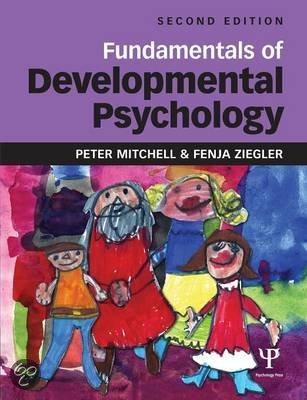Are social or individual factors more important in explaining human behaviour ?
Module: Lifespan B: Social psychology
Word count: 996 words
, According to Golledge and Stimson (1997), human behaviours refer to an individual’s
ability to interact and respond to stimuli from the environment. Lay et al (2020) stated human
behaviours could be seen on a spectrum; ranging from simple (reflex) to complex
(aggression) with explanations, being viewed as either: consistent across a population or
varied between individuals. Human behaviours can be explained through social factors,
referring to the influence of the world and society around us, leading to certain behavioural
outcomes such as role models and media influence (Upton, 2013). On the other hand,
behaviours can be explained by individual factors, which relate to specific causes which are
unique to the individual and is not seen as a general trend across society such as gender
(Williamson, 2017). This essay will display studies to investigate that there is no true
dichotomy between social and individual factors, the interaction between them is what
provides a full explanation of human behaviour. An example of human behaviour would be
aggression. There does not seem to be consensus on a definition of aggression in social
psychology but Aronson et al (2020), regarded aggression as the purposeful act of intending
to cause psychological or physical harm to another. Intent is a pinnacle aspect of aggression.
Aggression can be exhibited in many forms such as direct (punching or using profanity) or
indirect (spreading lies) aggression.
Social factors such as role models have been used to provide an explanation of
aggression. Role models were regarded as observation candidates for individuals to witness
behaviour from (Renfrew, 1997). Bandura stated role models were integral to ‘Social
Learning Theory’ , which stated behaviours such as aggression were learnt through
observation of others, resulting in the individual exhibiting aggressive behaviours (AB)
(Renfrew, 1997). Bandura et al (1961) investigated whether children would imitate
aggressive and non-aggressive live models in their absence. 72 participants aged 37-69
months, were matched on aggression levels and randomly allocated to: control (no model





